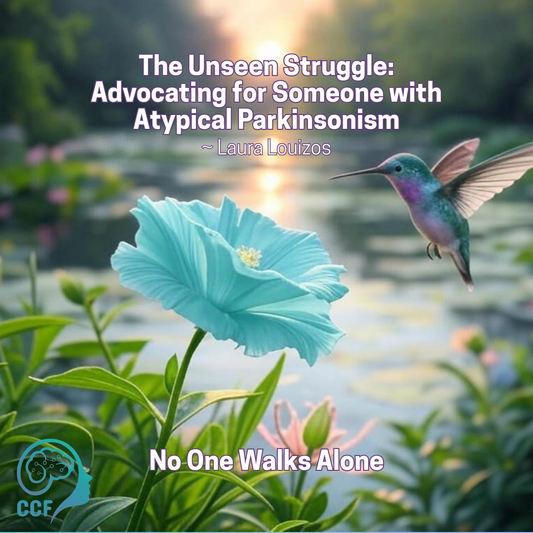We just went with the flow and allowed mom to sleep or rest whenever she needed. We tried trazodone and melatonin and it did help, but did not fix it. We eventually started using CBD oil and THC and that was the only thing that worked to really help her sleep! We are in Canada so it is legal here.
Here is a great article that helped me understand when my mom would say she didn’t sleep, even after “sleeping” for 12-18 hours.
By: Sharon M. O'Brien, MPAS, PA-C
Patients with neurodegenerative disorders such as Parkinson’s disease and Alzheimer’s disease often have difficulty sleeping. They may suffer with initiating and maintaining sleep or with other disorders such as central sleep apnea and REM (rapid eye movement) Sleep Behavior Disorder. In another neurological illness, progressive supranuclear palsy, patients may have difficulty with sleep/wake regulation that can lead to profound sleep deprivation.
Progressive supranuclear palsy (PSP), also called Steele-Richardson-Olszewski syndrome, affects about 20,000 Americans, occurring more often in men over the age of 60. Symptoms are similar to those with Parkinson’s disease and include gait disturbances, speech and swallowing changes, and stiffness. Patients with PSP usually stand upright and with their heads tilted backward vs Parkinson’s patients who tend to bend forward. Because of this stature, those with PSP frequently fall backward. Tremors, which are common in Parkinson’s disease, are rare in PSP.
The cause of PSP is unknown. The hallmark of the disease is abnormal deposits of the protein tau in nerve cells of the brain. Patients commonly present with difficulties with eyesight including blurred vision, difficulties looking up or down, or double vision. They often have disequilibrium, impaired memory, and personality changes.
Poor sleep is common with PSP. It takes longer for patients to fall asleep, and they wake more frequently during the night, resulting in a shorter time asleep. Neuroanatomical areas affected in PSP are also the same areas of the brain that house the sleep/wake regulation system. Patients with PSP can take upwards of an hour to fall asleep vs a sleep latency in a healthy adult of about 10-20 minutes. They have decreased REM periods, increased incidence of limb movements during sleep, as well as higher incidences of sleep apnea. They are significantly more negatively impacted than those suffering with insomnia.
A goal for patients with PSP is to improve sleep as much as possible. These patients suffer from profound hyperarousal and have great difficulty sleeping. If sleep could be improved, it is possible that the disease progression could be slowed. Further investigation is underway to find ways to improve the effects of PSP on sleep.
References
Christine M. Walsh, PhD, et al. Sleepless Night and Day, the Plight of Progressive Supranuclear Palsy. Sleep. Vol. 40. No. 11, 2017.
Sending you love and strength 🙏❤️💜


 Donate
Donate



